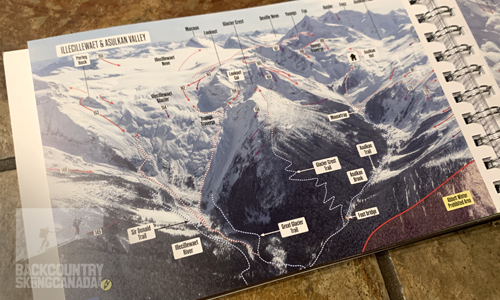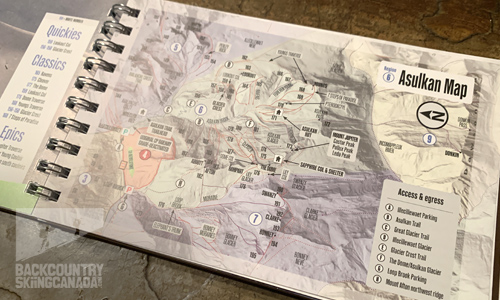Doug Sproul's Opus - Rogers Pass North & South Guidebooks
Roger’s Pass North & South Ski Touring Guides are a must have.
Douglas Sproul, the creator of the longstanding Roger’s pass guides, has been a fixture in British Columbia since he and a couple of friends woke up in Revelstoke on the way through to Banff from his home in Colorado, via Whistler. Upon looking out that morning, slightly hungover, by his own admission, he was enthralled by the local peaks and decided to stay for a while. A while ended up being 26 years across BC. Having spent time in Nelson, and Golden, he’s now back in Revelstoke. Roger’s Pass is his backyard, and he’s been writing guides to the area since some point in the 1990s.
That sounds like a man who writes a guide you can trust. Having looked through the 2nd Edition of these guides, you can tell the amount of time that has been put into them. The notes are exactly what you are looking for as a ski tourer. Examples such as “Steep Convexity. Hazardous Consequence” or “Deep Snowpack required” come from years of experience in these mountains.
In interviews, Doug Sproul explains that he, personally, has “skied every single route on the map (minus maybe half a dozen “modern” ones)”. These guides are written from first-hand experience, and it shows. Each page is clearly annotated, not only from Sproul’s knowledge but also from input from other ski tourers. The guide for Roger’s Pass is split into two different books, a North and a South guidebook, each of which, whilst a little hefty, is small enough to fit in the top pocket of a reasonably sized touring pack. The ring binders make them easy to open at the page you need, without messing around with gloved hands. They also have been vetted by Parks Canada, which means that they incorporate the Highway Avalanche control program, Parks Canada regulations, and designated access routes. In Short, if you’re going to tour in Roger’s pass, you need to have one of these guides.

In this age of phones, mapping apps and GPS, why use a guidebook at all?
A very good question. In short, the answer would be that all other technologies can fail. I think, though, that with the detail that abounds in these two guidebooks, there isn’t really a comparison. Sure, you would definitely be using other means of knowing where you are, as it is important to have redundancies. Where else, though, could you find notes written directly for a ski tourer from someone who has skied the line before?









